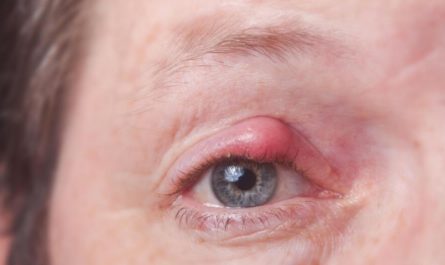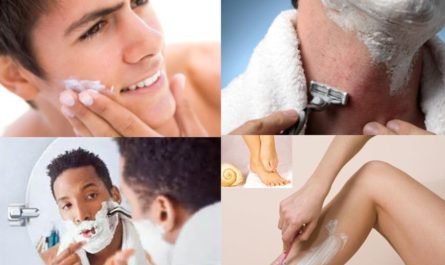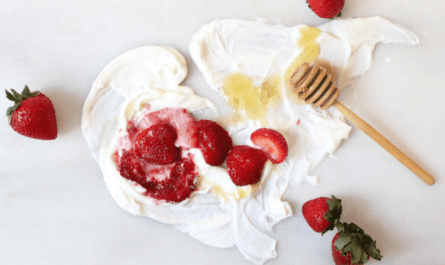Dealing with a skin rash can be uncomfortable and frustrating. Whether it’s due to an allergic reaction, irritation, or an underlying skin condition, finding relief is a top priority. While there are various over-the-counter creams and medications available, many people prefer natural remedies to alleviate symptoms. In this article, we will explore 14 natural remedies that can help you get rid of a skin rash.
Types of Skin Rashes
There are various types of skin rashes, each with its own set of symptoms. Here are some common types of skin rashes along with their typical symptoms:
Contact Dermatitis: Redness, itching, swelling, blistering, dry or cracked skin, and sometimes pain or tenderness. It usually occurs at the site of contact with an irritant or allergen.
Atopic Dermatitis (Eczema): Dry, itchy, and red patches of skin, rough or scaly skin, small raised bumps that may ooze or crust over, and thickened or leathery skin in chronic cases. It often appears on the face, neck, elbows, knees, and wrists.
Hives (Urticaria): Raised, itchy, and red welts or bumps on the skin that may vary in size and shape. They can appear suddenly and may move or change shape over time. Hives are often triggered by allergic reactions or other underlying causes.
Psoriasis: Thickened, red, and scaly patches of skin, often with a silvery-white appearance. It can be itchy, painful, or even cause cracking and bleeding. Psoriasis commonly affects the elbows, knees, scalp, and lower back.
Ringworm (Tinea): Circular or ring-shaped rashes with raised edges that may be red, itchy, and scaly. The center of the rash often clears up, giving it a ring-like appearance. Ringworm can occur on various parts of the body, including the scalp, body, groin, and feet.
Rosacea: Persistent redness in the central part of the face, including the cheeks, nose, forehead, and chin. Other symptoms may include visible blood vessels, swelling, pimples, and a burning or stinging sensation. Rosacea can be triggered by certain factors like sunlight, heat, or spicy foods.
Heat Rash (Miliaria): Small, itchy, and red bumps that may appear on the skin during hot and humid weather. Heat rash commonly occurs in areas where sweat is trapped, such as the neck, chest, underarms, and groin.
Scabies: Intense itching, especially at night, along with tiny, red bumps or blisters. Scabies rash often appears in the folds of the skin, between fingers, on the wrists, elbows, armpits, and genital area.
Diaper Rash: Redness, swelling, and irritation in the diaper area. The skin may appear chafed, scaly, or have small red bumps. Diaper rash is common in infants and can be caused by prolonged exposure to wetness, friction, or irritants.
Allergic Dermatitis: Redness, itching, swelling, and sometimes blistering or oozing of the skin. Allergic dermatitis occurs when the immune system reacts to an allergen, such as certain foods, medications, or substances like latex or nickel.
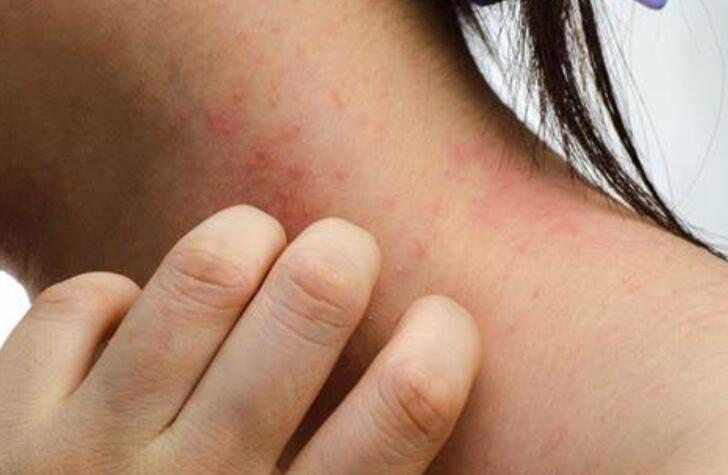
Common Causes of Skin Rash
Skin rashes can have various causes, and identifying the underlying trigger is crucial for effective treatment. Here are some common causes of skin rashes:
1. Allergies
Allergic reactions to certain substances, such as pollen, pet dander, certain foods, medications, or latex, can cause skin rashes. These rashes are often itchy, and red, and may be accompanied by other allergic symptoms like sneezing or watery eyes.
2. Contact Dermatitis
Contact dermatitis occurs when the skin comes into direct contact with an irritant or allergen. Common irritants include certain metals (like nickel), chemicals in cleaning products or cosmetics, and fabrics like wool or synthetic materials. The rash typically appears in the area of contact and may be itchy, red, and accompanied by swelling or blisters.
3. Eczema
Eczema, also known as atopic dermatitis, is a chronic skin condition characterized by dry, itchy, and inflamed patches of skin. The exact cause of eczema is unknown, but it is believed to be a combination of genetic and environmental factors. Triggers for eczema flare-ups can include irritants, allergens, stress, changes in temperature or humidity, and certain foods.
4. Psoriasis
Psoriasis is an autoimmune condition that causes the rapid buildup of skin cells, leading to thick, red, and scaly patches of skin. The exact cause of psoriasis is not fully understood. Triggers for psoriasis flare-ups can include infections, stress, certain medications, cold weather, or exposure to sunlight.
5. Infections
Skin rashes can also be caused by various infections. Fungal infections like ringworm or athlete’s foot, bacterial infections like impetigo, or viral infections like chickenpox or shingles can all result in skin rashes. These rashes may be accompanied by other symptoms such as itching, pain, or fever.
6. Autoimmune Disorders
Certain autoimmune disorders, such as lupus or dermatomyositis, can cause skin rashes as part of the body’s immune response. These rashes may be in the form of a butterfly-shaped rash on the face (seen in lupus) or patches of red or purple discoloration on the skin (seen in dermatomyositis).
7. Medications
Some medications can cause adverse reactions that manifest as skin rashes. These rashes can range from mild to severe and may be accompanied by other symptoms like itching, swelling, or blistering. If you suspect a medication is causing a rash, it’s important to consult with your healthcare provider.
8. Heat and Sweat
Heat and sweat can sometimes trigger skin rashes, particularly in individuals who are prone to heat rash (miliaria) or sweat allergy (cholinergic urticaria). These rashes are often characterized by small red bumps or hives and can be itchy or uncomfortable.
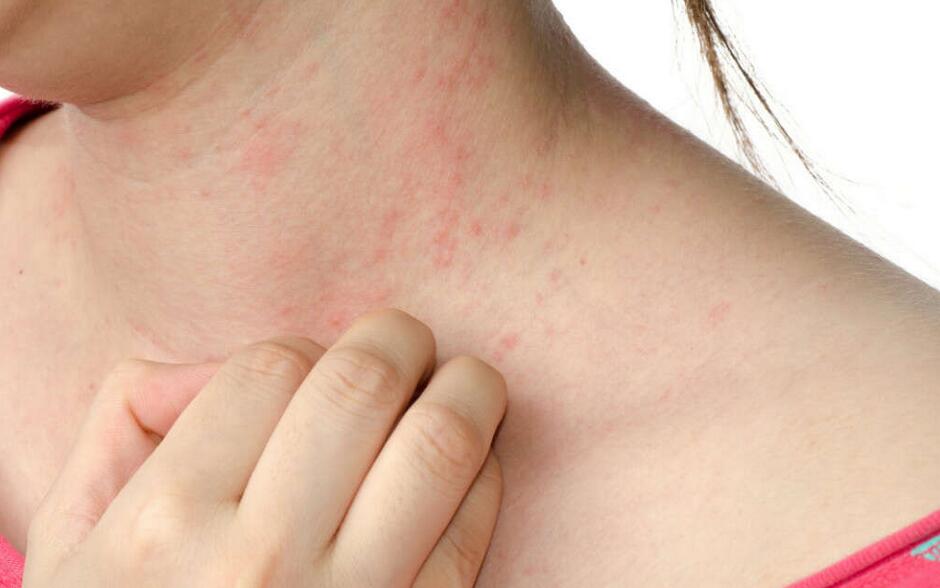
14 Natural Remedies to Get Rid of a Skin Rash
1. Aloe Vera Gel
Aloe vera gel contains anti-inflammatory compounds that can soothe irritated skin and reduce inflammation. It also has moisturizing properties that help keep the skin hydrated.
To use aloe vera gel, first, obtain fresh gel from an aloe vera leaf. Gently apply the gel directly to the affected area. Allow it to sit for 20-30 minutes, then rinse off with cool water. Repeat this process 2-3 times a day.
2. Oatmeal
Oatmeal has anti-inflammatory properties and forms a protective barrier on the skin, providing relief from itching and irritation.
Grind oatmeal into a fine powder and mix it with warm water to create a paste. Apply the paste to the affected area and leave it on for 15-20 minutes. Rinse off with cool water. Repeat this process once or twice a day.
3. Cold Compress
Applying a cold compress constricts blood vessels, reducing inflammation, itching, and swelling associated with a skin rash.
Wrap a few ice cubes in a clean cloth or towel. Gently apply the compress to the affected area for 10-15 minutes. Take breaks in between to prevent skin damage. Repeat this process as needed throughout the day.
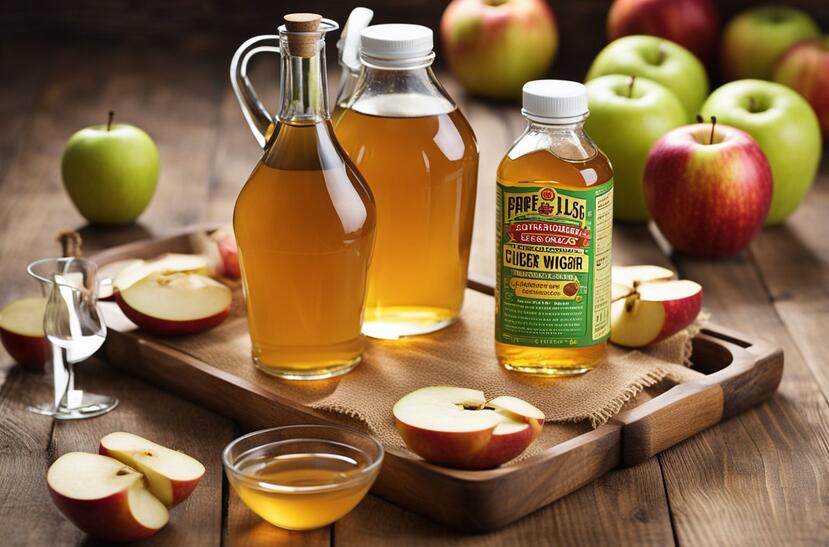
4. Apple Cider Vinegar
Apple cider vinegar has antimicrobial properties that can help fight off infections and soothe irritated skin.
Dilute apple cider vinegar with water (1 part vinegar to 3 parts water) and apply the mixture to the rash using a clean cotton ball. Leave it on for 10-15 minutes, then rinse off with cool water. Repeat 2-3 times a day.
5. Coconut Oil
Coconut oil has moisturizing properties that can alleviate dryness and reduce itching and inflammation.
Gently warm coconut oil and apply a thin layer to the affected area. Massage it into the skin until fully absorbed. Repeat 2-3 times a day or as needed.
6. Tea Tree Oil
Tea tree oil has antimicrobial and anti-inflammatory properties that can help treat bacterial or fungal infections associated with a skin rash.
Dilute tea tree oil with a carrier oil (such as coconut oil or olive oil) in a 1:10 ratio. Apply a small amount to the rash using a cotton swab. Leave it on for 15-20 minutes, then rinse off with cool water. Repeat twice a day.
7. Calendula
Calendula has anti-inflammatory and healing properties that can promote the regeneration of damaged skin and reduce inflammation.
Brew calendula tea using dried flowers. Once cooled, soak a clean cloth in the tea and apply it to the affected area for 10-15 minutes. Repeat 2-3 times a day.
8. Witch Hazel
Witch hazel has astringent properties that can help reduce inflammation, itching, and irritation caused by a skin rash.
Apply witch hazel directly to the affected area using a cotton ball. Leave it on for 10-15 minutes, then rinse off with cool water. Repeat 2-3 times a day.
9. Chamomile
Chamomile has anti-inflammatory and soothing properties that can calm irritated skin, reduce redness, and alleviate itching.
Brew chamomile tea using dried flowers. Once cooled, soak a clean cloth in the tea and apply it to the rash for 10-15 minutes. Repeat several times a day.
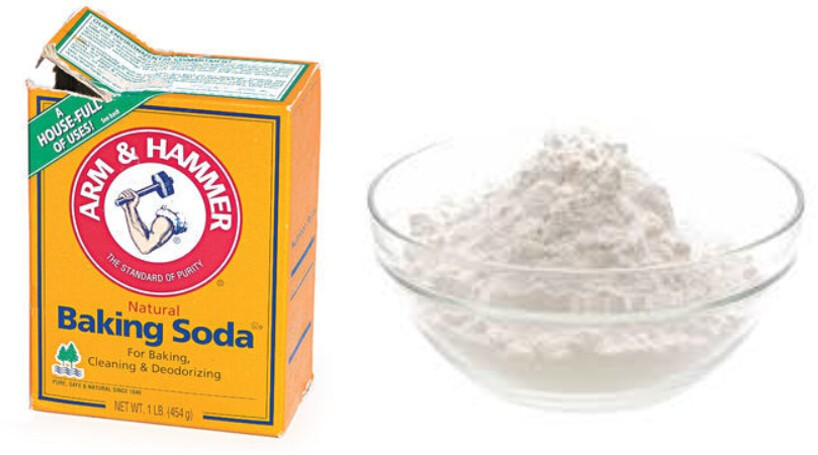
10. Baking Soda
Baking soda has alkaline properties that can help balance the pH of the skin, reducing itching and soothing inflammation.
Mix baking soda with water to create a paste. Apply the paste to the affected area and leave it on for 10-15 minutes. Rinse off with cool water. Repeat once or twice a day.
11. Honey
Why it works: Honey has antimicrobial and anti-inflammatory properties that can help prevent infection, reduce itching, and promote healing.
Apply a thin layer of raw honey to the affected area and leave it on for 20-30 minutes. Rinse off with lukewarm water. Repeat 2-3 times a day.
12. Lavender Oil
Lavender oil has soothing and antimicrobial properties that can calm irritated skin and promote healing.
Dilute lavender oil with a carrier oil (such as coconut oil or almond oil) in a 1:10 ratio. Apply a small amount to the rash and gently massage it into the skin. Leave it on for 15-20 minutes, then rinse off with cool water. Repeat twice a day.
13. Cucumber
Cucumber has cooling and anti-inflammatory properties that can reduce redness, itching, and inflammation associated with a skin rash.
Slice a fresh cucumber and place the slices directly on the affected area. Leave them on for 15-20 minutes, then rinse off with cool water. Repeat as needed throughout the day.
14. Epsom Salt
Epsom salt has anti-inflammatory properties that can help reduce inflammation, itching, and discomfort caused by a skin rash.
Dissolve Epsom salt in warm water according to the package instructions. Soak a clean cloth in the solution and apply it to the rash for 10-15 minutes. Repeat once or twice a day.
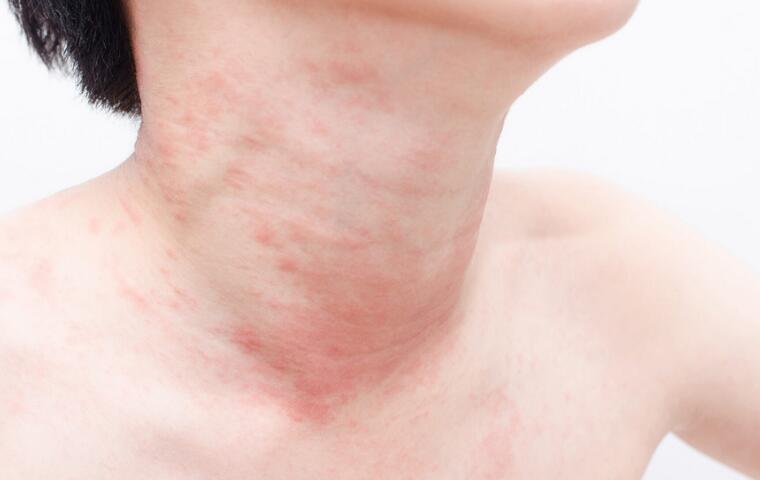
How to Prevent Skin Rashes in the Future?
In addition to the step-by-step guide, here are some extra tips for effectively managing skin rashes:
1. Identify and Avoid Triggers
Take note of any substances or environmental factors that have triggered rashes in the past. These could include certain foods, cosmetics, detergents, fabrics, or plants. Avoiding these triggers can help minimize the risk of developing a rash.
2. Practice Good Hygiene
Maintain proper hygiene habits to keep your skin clean and healthy. Take regular showers or baths using mild, fragrance-free soaps or cleansers. After bathing, gently pat your skin dry instead of rubbing, and apply a moisturizer to keep your skin hydrated.
3. Choose Skin-Friendly Products
Opt for skincare and personal care products that are hypoallergenic, fragrance-free, and suited for sensitive skin. Avoid using harsh chemicals or irritants that may cause skin reactions.
4. Protect Your Skin
Shield your skin from direct sun exposure by wearing sunscreen with a high SPF, protective clothing, and a wide-brimmed hat. Protecting your skin from excessive sun exposure can help prevent rashes, sunburns, and other skin irritations.
5. Moisturize Regularly
Keeping your skin well-moisturized can help maintain its barrier function and prevent dryness or irritation. Choose a moisturizer suitable for your skin type and apply it daily, especially after bathing or washing your hands.
6. Practice Proper Skincare
Develop a skincare routine that suits your skin type and concerns. Cleanse your skin gently, avoiding harsh scrubbing or excessive exfoliation. Use non-comedogenic products to prevent clogged pores and potential rashes.
7. Avoid Tight Clothing
Opt for loose-fitting, breathable clothing made from natural fabrics like cotton. Tight-fitting clothing can trap sweat and irritate the skin, leading to rashes. Additionally, avoid wearing clothing or fabrics that you know have caused skin reactions in the past.
8. Stay Hydrated
Drink an adequate amount of water daily to keep your skin hydrated from within. Proper hydration helps maintain skin health and can prevent dryness or itchiness that may lead to rashes.
9. Manage Stress
Stress can potentially trigger or worsen skin conditions, including rashes. Practice stress management techniques such as exercise, meditation, deep breathing, or engaging in activities that help you relax and unwind.
FAQs
Here are some common questions about preventing skin rashes along with their answers:
1. Are there specific fabrics or clothing I should avoid to prevent skin rashes?
To prevent skin rashes, it is advisable to avoid tight-fitting clothing, synthetic fabrics, and fabrics that you know have caused skin reactions in the past. Opt for loose-fitting, breathable clothing made from natural fabrics like cotton.
2. How often should I moisturize to prevent skin rashes?
It is recommended to moisturize your skin daily, especially after bathing or washing your hands. This helps keep your skin hydrated and prevents dryness or irritation that may lead to rashes.
3. Can certain foods trigger skin rashes?
Yes, certain foods can trigger skin rashes in individuals with food allergies or intolerances. If you suspect a specific food is causing rashes, consider keeping a food diary and consult with a healthcare professional or allergist to identify and avoid the problematic food.
4. Are there any specific skincare products I should use to prevent skin rashes?
You should opt for skincare products that are hypoallergenic, fragrance-free, and suited for sensitive skin. Non-comedogenic products can help prevent clogged pores. It is best to choose products based on your individual skin type and concerns.
5. When to Seek Professional Help?
While most skin rashes can be managed at home, there are instances when professional help is required. Consult a healthcare professional if:
- The rash is severe, painful, or spreading rapidly
- Home remedies and over-the-counter treatments do not provide relief
- The rash is affecting your daily life or causing emotional distress

